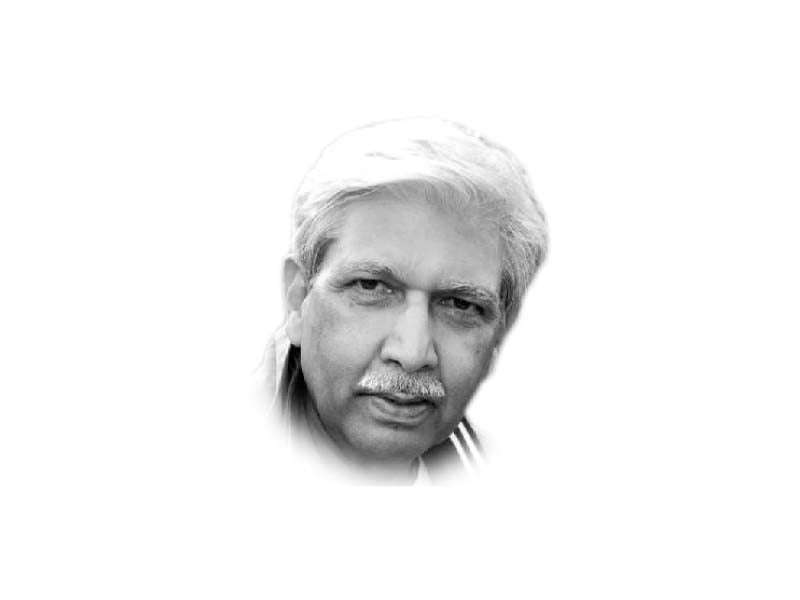
I have followed a Pakistani travel blogger for over two years now. Abrar Hassan is a naturalised German, an aeronautical engineer by profession but a travel zealot when on his beloved motorbike - a BMW 310. He travels alone, comments in native languages (Urdu splattered with Punjabi, that I find delightful) and dubs those in English in transcripts below for those who may not know the two. He is technically suave, can care for his bike on the move, uses a Drone for some exquisite photography, and edits the videos to a superb level. He delves with local people easily but is careful and cautious when he senses discomfort. A simple, humble and endearing person who is a typical Pakistani product from Nankana Sahib has the courage to knock at inherited inhibitions. And as he does so he opens the world to us. Places that hold our fantasy are brought live to us in the comfort of our living rooms.
He has travelled from Germany to Pakistan on his bike, taken us through all of the Middle East (fascinating; never knew the richness of culture that resides there), drove the west coast of India within the month that he was allowed for - with a minder, showed us most of Africa which could be visited including the Cape of Good Hope, and is now on his most intriguing journey beginning with Afghanistan, through all of Central Asia, Russia, Mongolia and Japan. He is currently in Central Asia and has done Afghanistan, Tajikistan, Uzbekistan and Kyrgyzstan. He will next enter Kazakhstan. Central Asia Is where we may draw lessons from civilisational experience of nations who adapt their life in difficult terrains and yet prosper as people.
We must begin with Afghanistan that we tend to rate not too high. When he drives through the gates at Torkham the images live exactly to our conception of the westerly neighbour. The bazars and the roads leading into the border on the Afghan side are decrepit and rundown. But as he drove deeper beyond Kabul into Bamiyan and then to the extremities of Wakhan corridor where both Pakistan and Tajikistan sit astride fourteen miles apart you see the rugged beauty enclose rushing rivers, pristine waters and lakes and lush Shangri-la(s). The Wakhan corridor separates itself for its richness in ecology, agriculture, natural beauty and some explicit flora. The people are friendly and shaped by the richness of the environment that they are blessed with. What really catches the eye is the abundance of water that these rough and rugged mountains enclose. And how each of these habitations is blessed with the fertility it generates. Water and Afghanistan have always seemed strange companions. Deeper inside is what enriches the Afghan soil and culture.
Central Asia is equally blessed. Only Uzbekistan may stand out for its sparse terrain and sporadic water sources but is blessed with history that any nation can be rightly proud of. A nation of twenty million people centers its life around elaborate plans and projects for water conservation and reserves. The rest are truly blessed and boast of freshwater lakes, rivers and streams intersecting the vast Steppes. It is amazing how civilisationally conscious these nations are to keep this asset pure and pristine. Blessed with lakes, the water is pooled for use through the length and breadth of the country. A compulsive off-roader, Abrar rides through regions which lie at the core of a civilisation's real strength and its enriching natural resources.
And these are nations with very small populations, between 10 and 20 million, except Uzbekistan which is 36 million. Compare this to the over 240 million Pakistanis whose per capita water availability has reduced from 1500 cubic-meter per annum to around 950 now, on the verge of being declared water-scarce. And this when there is ample water that Pakistan is blessed with. The Indus Water Treaty endowed Pakistan with 135 MAF which because of lower seasonal rainfall now stands at around 95 MAF - still sufficient to feed a country and its needs but we let 35 MAF flow into the sea. Sindh contests this figure and thinks it's only around 10 MAF, which some believe is sufficient to avoid reverse desertification in the lower reaches of the Indus Delta. As for large scale conservation Pakistan could only store 16 MAF in its reservoirs; this equates to a thirty-day reserve. Most nations endeavour to hold a 100-day reserve. In the last five decades this capacity has gone down to between 10-11 MAF only.
Our water conservation sense as a nation is pathetic. We still resort to flood irrigation as a technique. We have failed to add more cultivable land to what has been a fixed figure for decades even as our population rises at the rate of 2.6 percent per annum. Pakistan pumps out 50-55 MAF water from the ground each year, while only recharging 40-45 MAF. We have failed to form lakes and reservoirs to pool excess rain and flood water and don't harvest rainfall as a tradition. The famous Lake Attabad was nature's gift to a desperately water-stressed nation, else most government water reservation projects lie in criminal neglect. Administrative districts must be tasked to create water reservation infrastructure on priority on the lines of the Potohar Plateau where numerous lakes have come up with indigenous resourcing.
There is a need to zone all private and public land through legislation and restrict it for agricultural and residential purposes. Cities must now expand vertically, if at all, but never horizontally engorging on precious green land. The size of each city must be commensurate with its capacity for municipal services. Water and sewage should be the most determinative aspects of deciding a city's population. Government land lying waste may be turned arable with requisite water resourcing. The agriculturists though must convert to drip irrigation. Water based crops like sugarcane must be restricted in zones with enough water only and in sizes just enough to meet domestic demand.
The government wishes to use some of its non-arable land for commercial farming, hoping it will bring investment and enable productive use of tracts lying waste. But such use must correspond to divisible water resources which can be spared for such an undertaking. The proposed canal system will bring to life the sterile desert of Thar but came into unnecessary debate between provinces on water share. Just across the border a 400-mile-long Indira canal has turned Indian Rajasthan green, and they are equally sensitive about their water. Rather than work towards collective national advantage we prefer parochial knit-picking. Water is a critical resource. It needs to be prudently used and collectively conserved. People like Abrar open our eyes to these realities and how civilisations adapt to collectively prosper.




















COMMENTS
Comments are moderated and generally will be posted if they are on-topic and not abusive.
For more information, please see our Comments FAQ